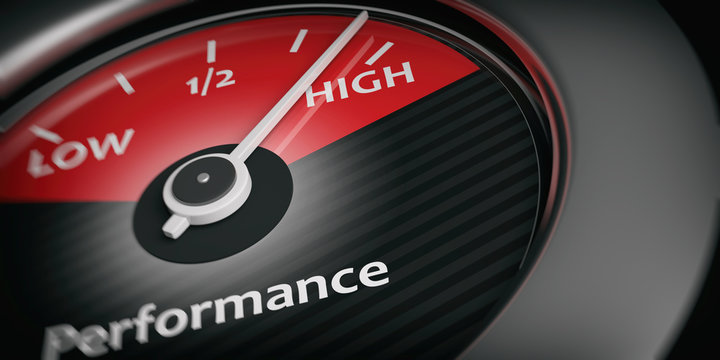
With the Effies on our doorstep, it is timely to consider what goes into creating a high-performance campaign.
A few years back I did an analysis of all the campaigns over a 3-year period that won a Gold Effie for effectiveness as well as significant creative awards. Once I had identified the (surprisingly few) high performers, I interviewed the agencies and clients who had created them in order to identify insights into what made the difference.
While quality creative ideas are obviously important, the processes around creative development and nurturing a campaign are just as important. Here are the 12 steps to creating a high-performance campaign.
The 12 Steps…
1. Get the relationship right first
Consistent across the board was the insight that great campaigns come from great client:agency relationships. This creates a climate of trust and an openness within which to develop good work and effectively deal with any challenges along the way. In contrast, strained relationships or cold client:supplier relationships tend to stifle creativity and lead to compromises.
2. Avoid political interference
Great campaigns are safeguarded against the perils of organisational politics that can distort campaigns. This retains a purity of purpose for the task at hand rather than satisfying internal agendas.
3. Be open-minded
Letting campaigns take their own shape, rather than being pre-determined, gives creativity a chance. In particular, the creative process involves building something from scratch that does not exist. There are typically several interpretation steps along the way for the campaign to take shape. These steps require a leap of faith, and the more challenging the creative concept, the greater the leap required. Great campaigns tend to benefit from an open-minded approach within the context of a relationship of trust.
4. Talk first
Great campaigns do not flow from isolation. A common factor with top-performing campaigns is that there is a high degree of healthy debate about the task at hand and the environment in which the campaign needs to operate. This ensures there is a common understanding of what is required and the most appropriate way to approach the brief.
5. Get the brief right
Client briefs and agency reverse (or creative) briefs can be deceptive to write. Great briefs definitely help create better campaigns. They rise above being a bland work order by adding accuracy and potency. They define the task clearly. They provide relevant insight about the target and the market. They focus on an inspiring and creatively interesting proposition. They avoid red herrings. They frame the scope of the task accurately. Perhaps most importantly, great briefs do not try to provide the answer – thereby limiting creative interpretation. Instead, great briefs act as a powerful springboard for the creative imagination.
6. Translation
Great campaigns are never literal expressions of the task. They involve a series of translations: from the problem to the strategic insight on how to solve it; from the brief to the creative concept; from the brief and concept to the right media solution; from the creative concept to the finally produced work. At each stage the best campaigns gain further strength as value is added at each stage.
7. Emotional X-Factor is the secret ingredient
Each of the top campaigns examined had an X-Factor about them. This is a special, hard to describe creative dimension – the humour, the emotional power of the idea, the anticipation, the coolness of the technology – that made the campaign irresistible to work on and brought out the best in people throughout the development process. Campaigns without some kind of X-Factor don’t draw the same amount of passion and desire for success.
8. Alignment and connection
Great campaigns don’t sit in isolation. They present powerful concepts that seamlessly align with all relevant connection points such as sales channels, product development, and stakeholder groups.
9. Know why it works
Great campaigns tend to be well-understood in terms of how they work to influence the target. It is clear what makes them impactful. This is crucial in the refinement and evolution of campaigns over time. It helps the campaign retain its essence and avoid being diluted through ‘fiddling’. It also ensures that clients understand the strength of their campaign asset.
10. Use research wisely
The top-performing campaigns were typically developed using research-based insights up front. This helped develop work with a more subtle understanding of the target market and how to connect with them at a deep level.
The role of pre-testing concepts was generally considered less constructive in the development of campaigns due to the risk of diluting creativity.
11. Be patient
Top performing campaigns tend to have benefitted from having enough time to build their own momentum without unrealistic short-term expectations, micro-management and excessive adjustments.
12. PR
Great campaigns tend to benefit from good PR within the agency, the client organisation, and the wider marketplace. They take on a life of their own as stories of success for the business, the agency and all involved.
 Thinking, thinking, thinking...
Thinking, thinking, thinking...

